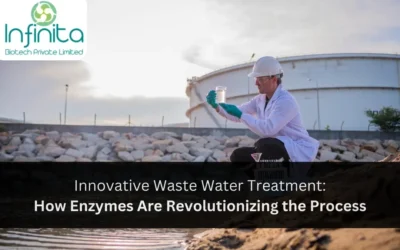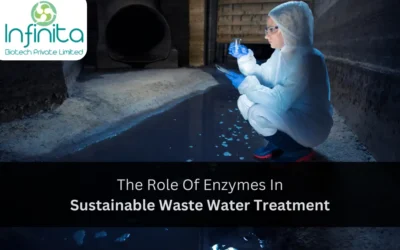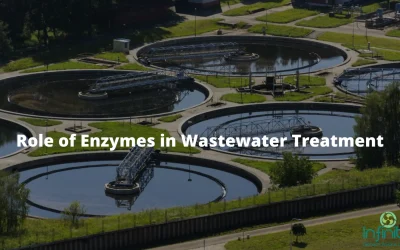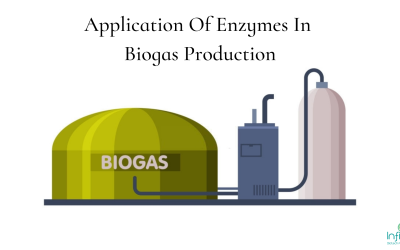Water like air is one of the necessities for humans and other living organisms alike. Without water, we cannot function. It is even projected that the third world war may be fought over water resources. Our water reservoirs including rivers, perennial or seasonal rivers and lakes and ponds alike have been heavily contaminated, be they be with industrial pollutants, sewage water, medical toxic waste, tanneries, and waste dumped indiscriminately among several others. Our apathy towards this contamination is mind-blowing.
However, many technologies, whether chemical or physical have been developed to tackle the issue of wastewater treatment. These technologies include chemical treatments like flocculation, coagulation, and adsorption through activated carbon. Some other treatments include nanofiltration, ion exchange process, reverse osmosis, advance oxidation, and photolysis have been developed but these are costly and cannot be undertaken on a large scale, and have been confined to treating water privately for drinking purposes.
But there have been significant developments in biological methods like using enzymes for the wastewater treatment process. These have considerably less cost, are simple to use, and can be used on a wide scale. Moreover, they can completely neutralize impurities and toxic wastes by oxidizing them. The enzyme oxidoreductase which is used as a catalyst in oxidation and reduction reactions, commands special attention as it has broad substrate specificity, enantioselectivity, and regioselectivity which in laymen’s terms means that it can react with a variety of substances with the ability to bonding and breaking in all directions. This is very useful as these traits help in treating chemical pollutants like phenols, dyes, and other compounds.
Oxidative enzymes are different from other chemical oxidants because they do not mineralize the substrate particles but form free radicals which in turn attach to other particles through oxidative reactions to form different compounds having higher molecular weight. These compounds and products thus formed are minimally toxic and more biodegradable than the toxic original compounds i.e., pollutants, thus performing the wastewater treatment process through biological oxidation.
Among oxidative enzymes peroxidases, oxygenases, and polyphenol oxidases like tyrosinases and laccases are generally used for wastewater treatment, which through their oxidation processes cause the decomposition of the inorganic pollutants including phenolic and aromatic chemical contaminants.
Let us look into these enzymes and their workings, one by one.
A. Oxygenases
Oxygenases are intracellular enzymes that help in biosynthesis and metabolism. Oxygenases are able to introduce molecular or atomic oxygen into a variety of pollutants through their property of stereoselectivity, regioselectivity, and enantioselectivity. This introduction of oxygen in their structure converts these hydrophobic compounds into water-soluble compounds. These enzymes are also used in the pharmaceutical industry for creating specific chemicals. Oxygenases are particularly helpful in bio-transforming or neutralizing petroleum and fossil fuel related pollutants which are particularly harmful to the environment due to their indiscriminate use. The main reason for using oxygenases as enzymes for wastewater treatment is that they are unique and the molecular and atomic oxygen which they introduce to pollutants is a readily and universally available oxidant better suited than chemical oxidants.
B. Peroxidases
Peroxidases are metalloproteins or heme proteins that are present in all living organisms. Peroxidases strengthen the plants, prevent leave damage through oxidation and act as a catalyst in the reduction of organic peroxides, especially hydrogen peroxide, and then oxidation of various chemical compounds. What peroxidase does in the case of pollutants is that they transfer electrons to their molecules which leads to pollutants breaking down into harmless compounds. There are four kinds of reactions associated with Peroxidases which are oxidative halogenation and dehydrogenation, oxygen transfer reaction, and hydrogen peroxide disproportionation. These four reactions help in the wastewater treatment process for mainly industrial and domestic inorganic pollutants like aromatics, phenols, and dyes.
C. Polyphenol oxidases
Polyphenol oxidases are binucleate cupriferous enzymes that lead to the natural browning of fruits and vegetables like apples and potatoes and even the browning of certain wines if these are not stored properly. These are also used commercially for browning and enhancing the flavor of beverages like coffee, tea, and cocoa. Polyphenol oxidases are used as enzymes for wastewater treatment by removing phenolic pollutants from wastewater. This is done by the hydroxylation of aromatic rings, which in turn are oxidized to form monophenols or diphenols to again highly reactive radicals and quinones which are polymerized or react with other compounds to form molecular pigments which are insoluble. Polyphenol oxidases are found everywhere. These can be further divided into two principal categories depending upon their oxidation of different phenolic compounds. These categories are Tyrosinase and Laccase. These are further elaborated on below.
-
Tyrosinases
Tyrosinases are type-3 cuprodinucleate metalloproteins responsible for the synthesis of melanin or skin color pigments in humans and animals likewise. Tyrosinases can convert phenol pollutants to insoluble agglomerates which can be easily separated and are less toxic than the original pollutant. But certain other reasons like their low redox potential and the tendency of pollutant byproducts to mix again make them less suitable for wastewater treatment using enzymes.
-
Laccases
Laccases were first found in 1883 and are present in a variety of plants and trees and in bacteria, insects, and fungi. These are biological enzymes necessary for a variety of reasons including acting against free radicals and shielding against ultraviolet radiation. These enzymes help in wastewater treatment by converting and degrading phenolic and aromatic pollutants present in wastewater.
Pollution in all its forms is bad for the environment. But air and water pollution are major challenges for our generation today. The above articles explore some ways for wastewater treatment using enzymes as these are biological and environmentally friendly than their chemical counterparts. We sincerely hope these are utilized fully and lead to a better and less polluted world in the near future







